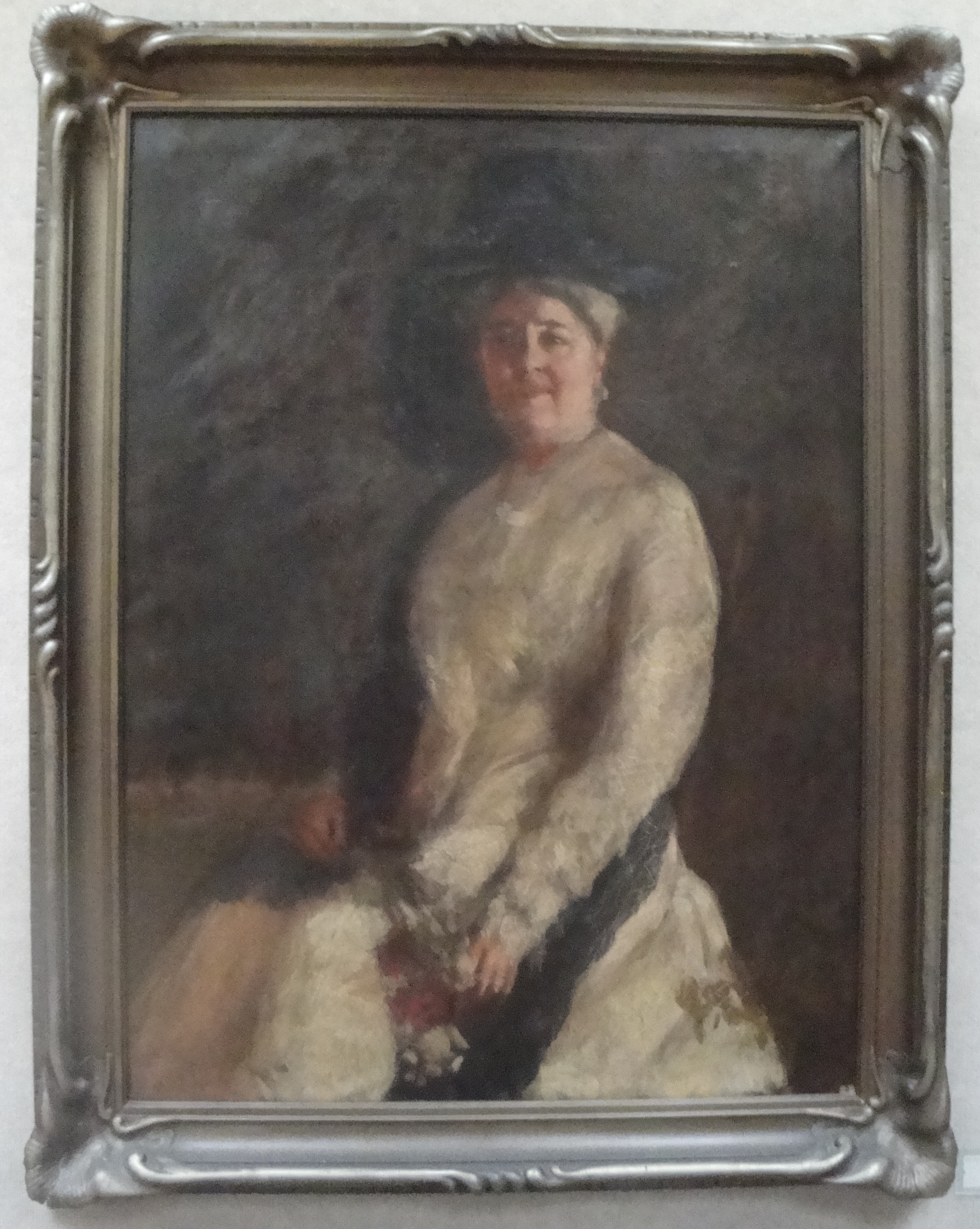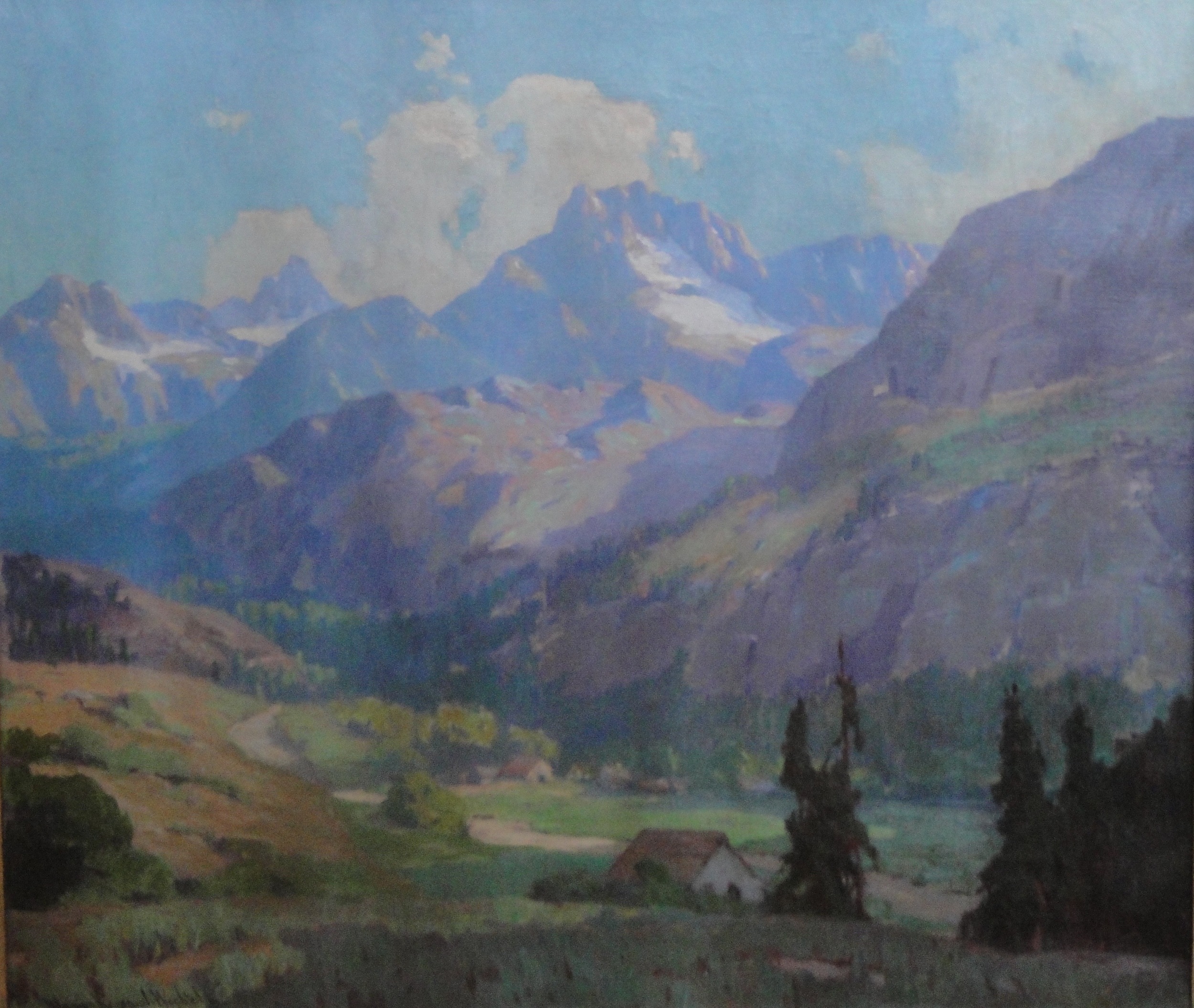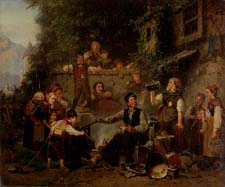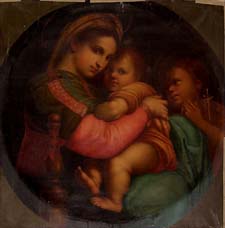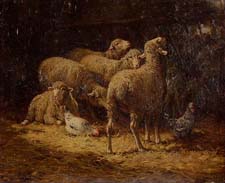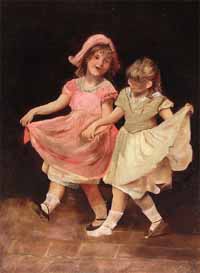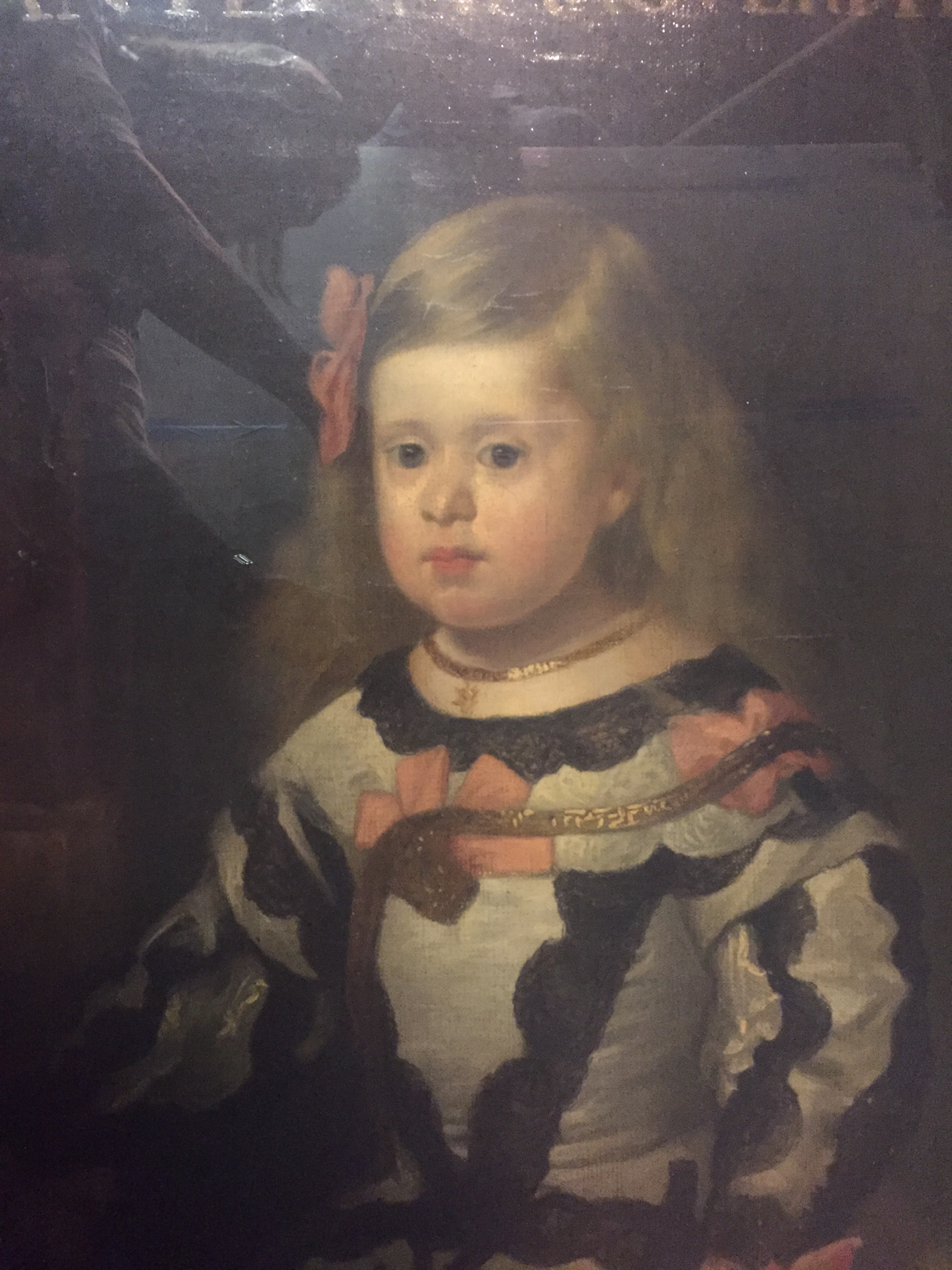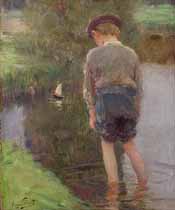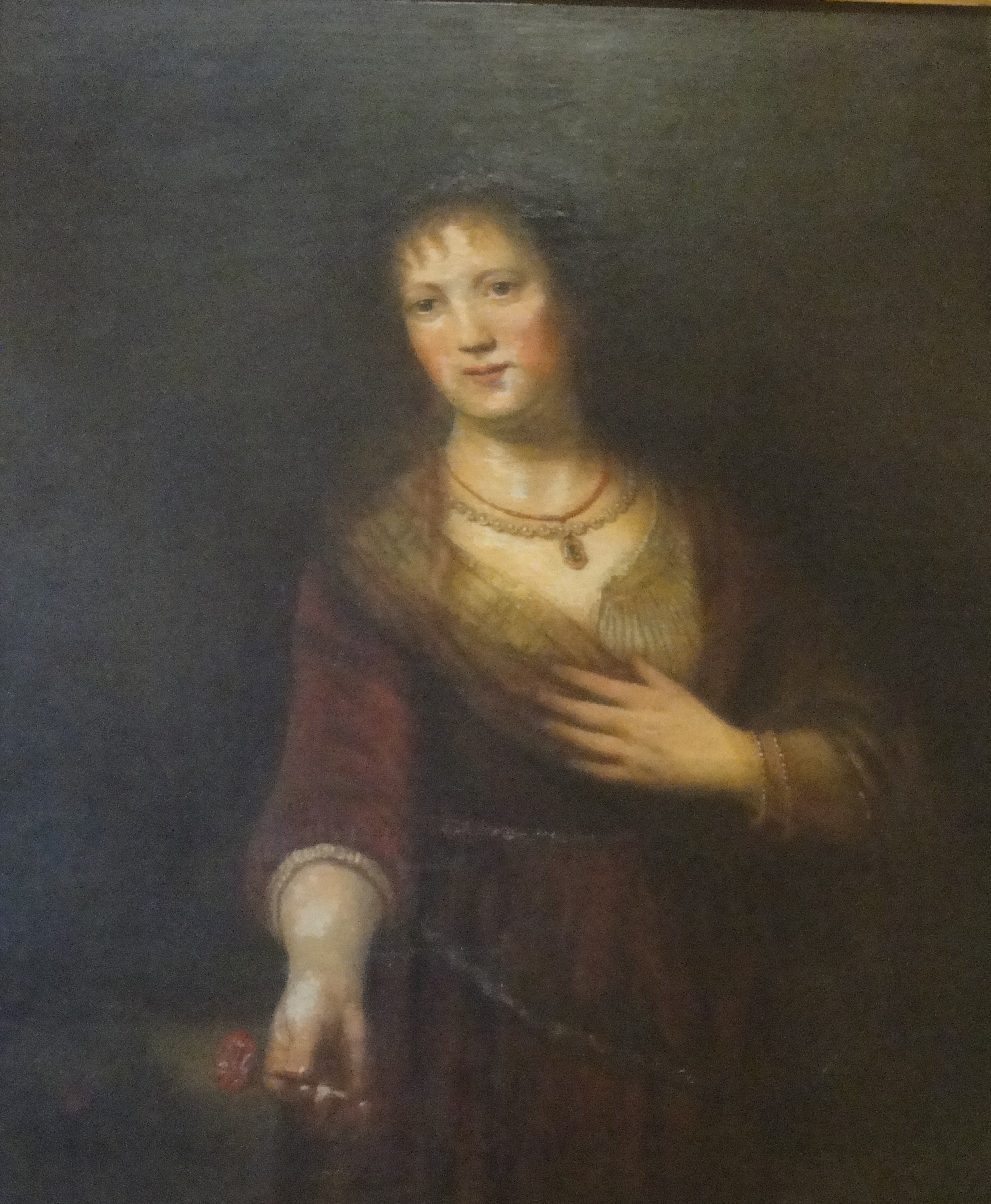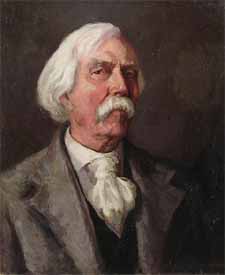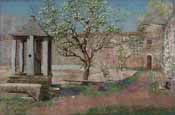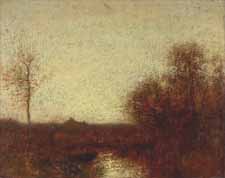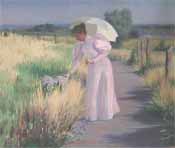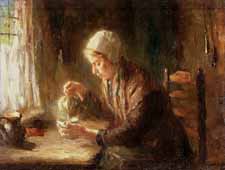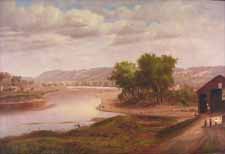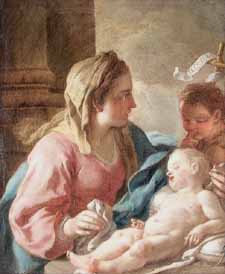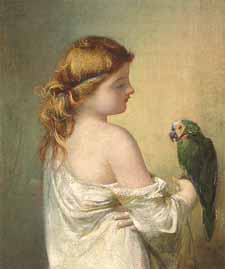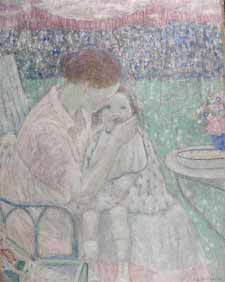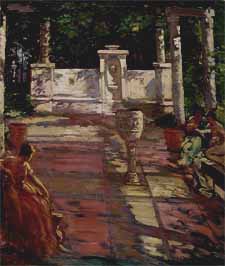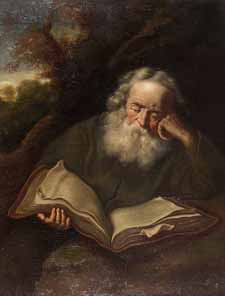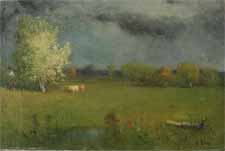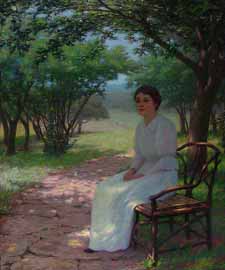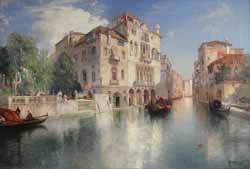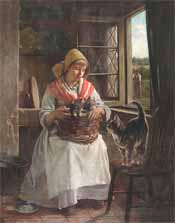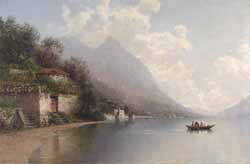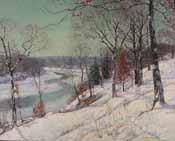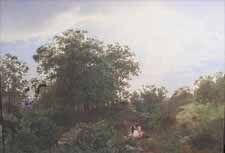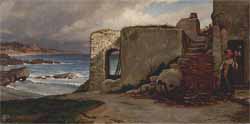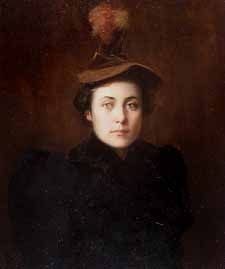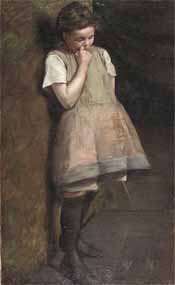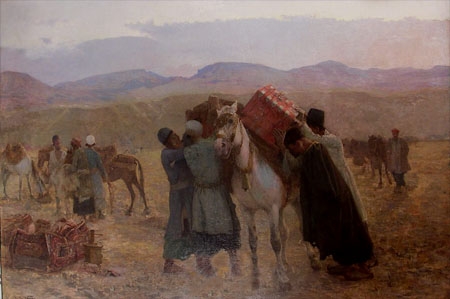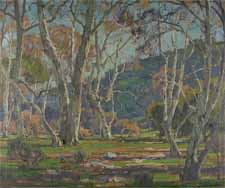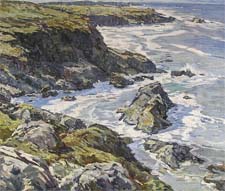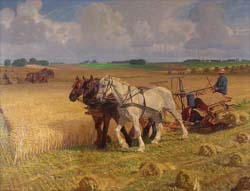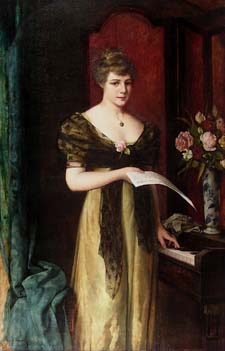
THE REPENTANT MAGDALENE, Flemish ca. 1680
This restored, large scale, old master painting will be unveiled in the Hoyt Sherman Place theater on November 16 at 6 PM, free and open to the public. Click here for press release.
Hoyt Sherman Place Painting Collection
The Des Moines Women's Club has collected art throughout its history. One of the club's primary purposes in 1885 was to study art and to bring art to the Des Moines area community. Its collection of paintings and decorative arts along with Hoyt Sherman place itself was transferred to the Hoyt Sherman Place Foundation during the 110th year of the club in 1995.
The Art Collection at Hoyt Sherman Place, acquired by the Des Moines Women’s Club, is the oldest public art collection in the city of Des Moines. The main house was built in 1877 by Hoyt Sherman (1827-1904), brother of the famed Union general of the Civil War, William Tecumseh Sherman. When the Des Moines Women’s Club, founded in 1885, moved into the Sherman house in 1907, it added the art gallery and, in 1921, the auditorium. The collection reflects the taste that dominated the American art market from the later 19th century until the mid-20th century. Americans tended to value paintings of our own landscape and way of life, but we also appreciated the art of Europe and eagerly acquired it. In fact, until after World War II, the art of the United States was largely based on that of Europe, and most American artists, including those represented in this collection, spent time studying in art capitals abroad before beginning their careers here. Wealthy Americans, including citizens of Des Moines, often returned from their European tours with contemporary art bought while visiting there, but also with copies of famous paintings: the Madonna del’ Granduca by the Italian Renaissance master Raphael is one example. The Women’s Club purchased paintings through the years, but the collection was also enriched by bequests from the community, a practice of generosity that continues today.
All of the paintings – and the sculptures as well – are realistic, with the most modern influence being that of Impressionism, a form of realism introduced in France in the 1870s. The works of art here continue an artistic tradition begun in the Renaissance of the 1500s in which the artist strives first of all to record the appearance of things and then to invest the work with history, religious feeling, a sense of the dignity of ordinary people and their work, the emotional impact of a landscape whether by the grandeur of mountains or a simple rural scene, the charm of women and children, and similar themes; if any psychological exploration is present, it is usually a restrained serenity or a suggestion of mystery. Most of the paintings here are subjects that were observed by the artist and which tell a story or convey a mood, such as Landscape by the American George Inness which depicts a peaceful view of a domesticated landscape or John Forgy’s record of the convergence of the Des Moines and Raccoon rivers before today’s city of Des Moines rose around their banks. Many of the settings found in the collection are in the countryside and most suggest a gentle, well-ordered way of life. Art collections created in the late 19th and early 20th century generally did not include scenes of conflict nor did they address issues of poverty or social causes. It was believed by many that the role of art was to express beauty, tranquility, and gentility -- the fruits of civilization -- and this attitude can be traced in the gallery. The Art Collection at Hoyt Sherman Place offers a tour of art from the Renaissance to the brink of 20th century styles of abstraction and, at the same time, offers insight into the artistic tastes of the times when the collection was formed.
You can read a brief history of the Club art collection on this site. Also learn about our 2013-2016 conservation campaign. May of the paintings have been recently cleaned and conserved. Please visit Hoyt Sherman Place to see the unique collections.

